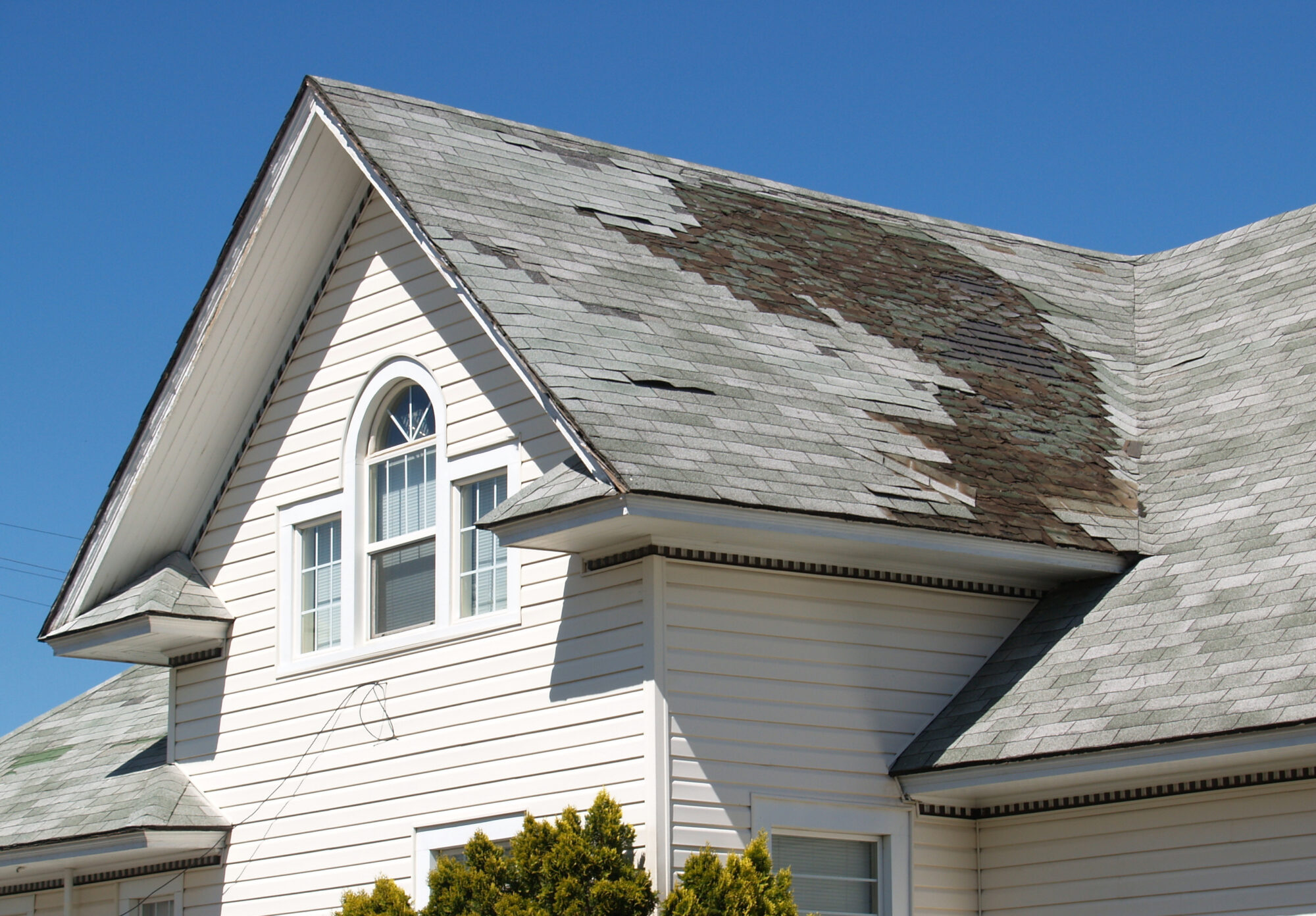
Protecting your home starts with understanding the critical role your roof plays and how homeowners’ insurance supports this. This succinct guide dives into the essentials of connecting your roof’s welfare with your insurance policy, ensuring your home remains safeguarded against nature’s elements.
The Essentials of Insurance and Roof Protection
Homeowners insurance is pivotal, covering damage to both your home’s structure and inside belongings. Several factors influence your roof’s insurance coverage, including:
- material used
- roof age
- maintenance level
- geographical location
Additionally, there are different coverage options available within homeowners’ insurance, which cover different scenarios. These can include:
- Dwelling Coverage: Ensures the integrity of your home’s structure, including the roof.
- Additional Living Expenses (ALE): Offers financial support if your home is uninhabitable due to covered damage.
- Liability Coverage: Protects against legal responsibility for accidental damages or injuries.
It’s crucial to be aware of what exactly your policy covers and what it doesn’t, to avoid any unpleasant surprises when filing a claim.
Understanding Changes in Roof Coverage and Deductibles
Traditionally, insurance policies would offer coverage for roof repairs or replacement almost unequivocally, even if the need arose within a short timeframe after policy inception. This meant that if your roof required attention within as little as 2 years of obtaining or renewing your policy, you could typically count on your insurance to cover the costs in full.
However, the industry is shifting towards a model where the value of roof coverage depreciates over time. After a period of 8-9 years, many insurers now assess the value of the roof at a depreciated rate, rather than its replacement cost.
Additionally, it has become standard for policies to include a deductible that’s specifically tied to the roof, separate from the general deductible for other claims on the policy. This deductible is often calculated as a percentage of the dwelling limit–typically ranging from 1-2% of the house’s insurance value.
Simplified Claim Process
Filing a claim for roof damages can be a source of immense relief or a daunting process, depending on how well-prepared you are. Proper preparation for the claim process can save you time, money, and stress.
Best practices include:
- Document: Maintain a record of your roof’s condition through photos and regular professional inspections. In the event of a claim, this can be a game-changer.
- Act Quickly: Prompt action after discovering damage is vital. Your first step should be to document the damage, and the next should be to contact your insurance provider.
- Be Present: Your knowledge of your home and roof can be invaluable in ensuring an accurate assessment.
- Be Honest: Misrepresenting the facts or attempting to claim pre-existing damage could lead to denial of your claim.
Conclusion
When you’re navigating the complexities of insurance claims or considering coverage options, the right guidance can make a significant difference.
At Kapnick, our dedicated team specializes in providing personalized, comprehensive insights tailored to your unique needs. Whether you’re seeking to understand your current policy better, exploring new coverage options, or are a client in need assistance with a claim, we’re here to help. Don’t hesitate to reach out for expert advice and support in safeguarding your home against the unpredictable. Contact Kapnick today at info@kapnick.com or 888.263.4656 and take the next step in ensuring your home remains a safe and cherished space for years to come.




